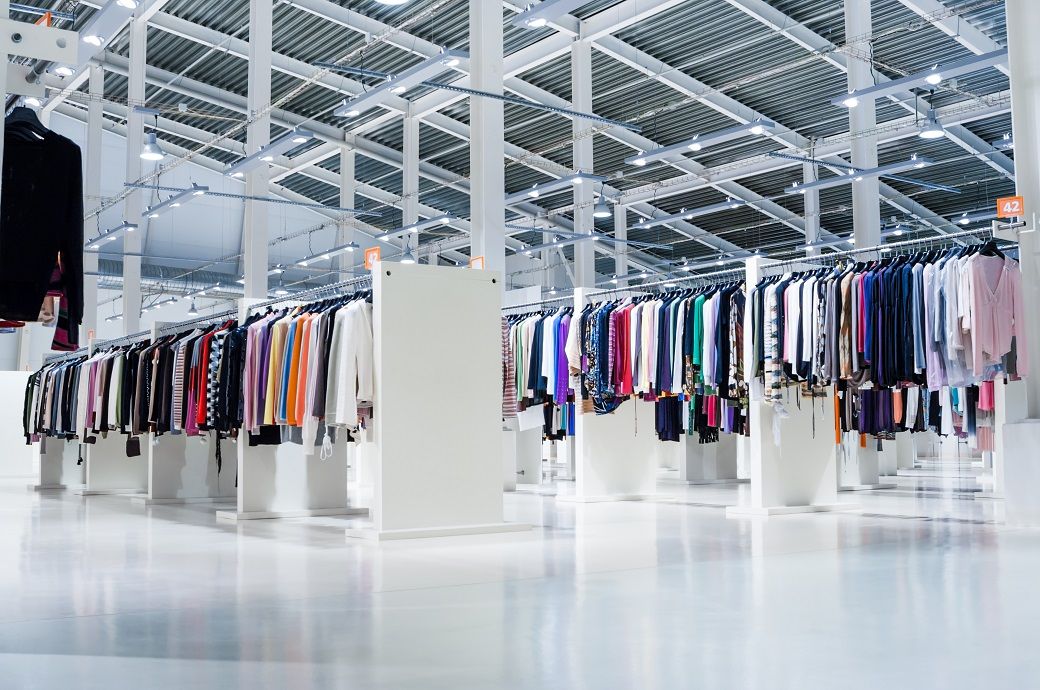
China’s market share in US apparel imports in May also dropped to 9.9 per cent, a new low in decades; it was 19.9 per cent in May 2024.
The May trade insights, compiled by University of Delaware professor of fashion and apparel studies Sheng Lu using USITC data, revealed that tariff rates on fashion products (especially steep duties on China-originating goods) ballooned beyond levels seen in the modern era.
As a result of the Trump administration’s reciprocal tariff regime, the average tariff rate for US apparel imports grew to 23.8 per cent in May this year, up several points from the already record-setting 20.8 per cent seen in April, and substantially higher than the 13.9 per cent average rate in May 2024, and even the 14.7 per cent rate of January 2025, before the president’s second term began, he wrote on his website.
While the overall value of US apparel imports decreased by 7 per cent YoY, import duties grew by almost 60 per cent during the same duration.
“In May, I think most of the [average apparel tariff] increase was because of China. And for the rest of the world, they were charged a 10 per cent universal tariff rate. Some products, especially those from Asia, were able to enter [the country] in May before the new tariff rate hit,” Lu said.
Across the board, all countries paid more duties on apparel in May than they did in previous months due to the universal baseline tariff.
Vietnam’s average apparel import duty rate reached 25.9 per cent, up from 20.5 per cent in April, while Bangladesh saw a similar percentage jump from 17.8 per cent to 21.1 per cent month on month (MoM).
India’s average clothing tariff rate climbed from 15.8 per cent to 20.1 per cent, while Cambodia’s increased from 19.7 per cent to 24.6 per cent.
Mexico, however, saw its average import duties paid on apparel products decrease from 2.2 per cent in April to 1.4 per cent in May — nearly the same rate it paid a year ago. But the country’s apparel import values jumped considerably YoY, by 12.2 per cent.
Mexico’s apparel imports are covered by the US-Mexico-Canada Agreement (USMCA), giving them duty-free access. However, the country still only accounted for 4.6 per cent of US apparel sourcing in May this year.
“The signal is very clear—the Trump administration not only wants to decouple from China, but it wants Asian countries to decouple their supply chains from China,” Lu noted.
But the US administration’s target of encouraging Asian nations to abandon China as a partner “does not appear to be realistic, at least in the near to medium term,” with so much dependence on the country for inputs, he added.
ALCHEMPro News Desk (DS)
Receive daily prices and market insights straight to your inbox. Subscribe to AlchemPro Weekly!